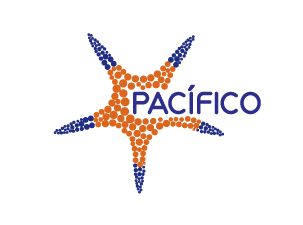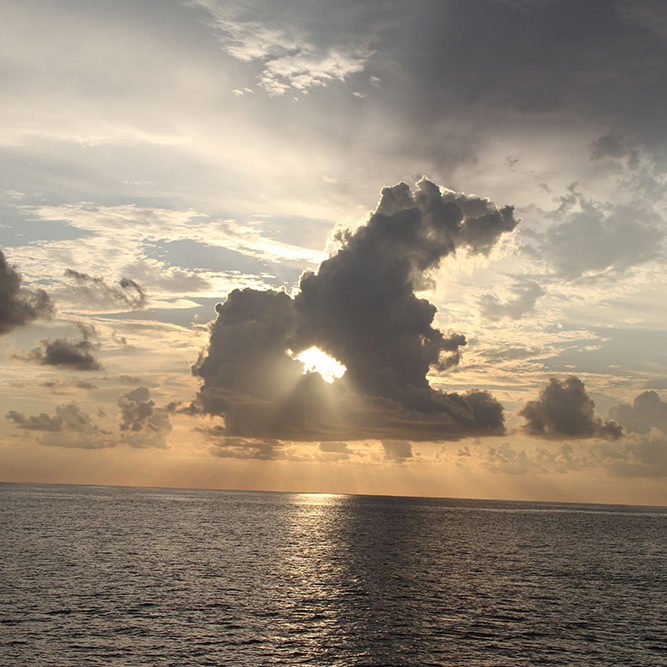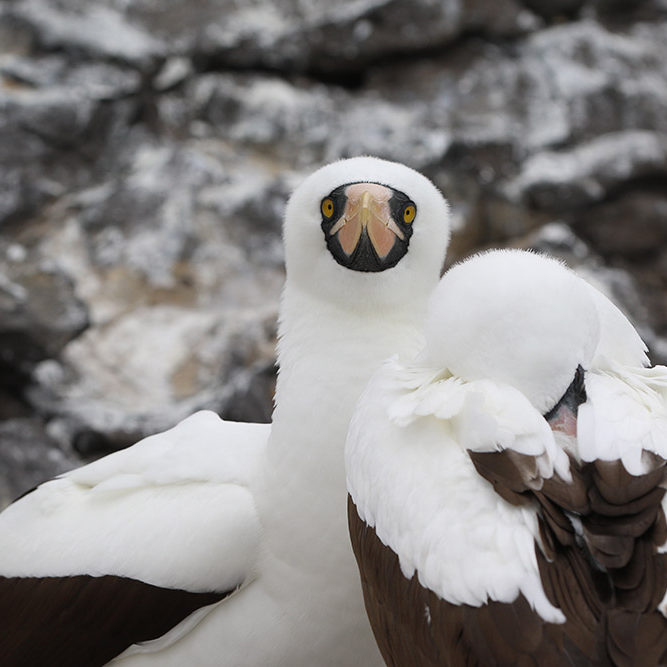The geographic scope of PACIFICO’s Conservation and Use Plan covers two intervention zones, one direct and one indirect .
The direct intervention zone includes national waters and exclusive economic zones of Costa Rica, Panama, Colombia, and Ecuador and is known as the Central ETP.
The indirect intervention zone includes Mexico’s Gulf of California that extends downward along the Central American Pacific, including open ocean.
Both zones make up the ETP which includes the coastal-marine areas of said countries and emblematic islands such as the Galapagos, Cocos, Gorgona, Malpelo, and Coiba.
Eastern Tropical Pacific
The Eastern Tropical Pacific, located at the Pacific confluence of Central and South America, covers some two million km2 (more than 770,000 mi2) of Costa Rica, Panama, Colombia, and Ecuador’s national waters.
The ETP is a unique and dynamic region, exceptionally rich in biodiversity and a key spot for the migration of many species. The most outstanding biological characteristic is its biomass and concentration of a surprising variety of pelagic species that have been lost in many places throughout the world as a result of overfishing and associated incidental fishing. Whales, tuna, sharks, sea turtles, and marine birds follow seasonal food sources and migrate through this region, the marine equivalent of the African Serengeti.
It is a highly productive area with valuable coastal and open water fisheries, supporting thousands of people and contributing significantly to the economies of Colombia, Costa Rica, Ecuador and Panama. Coastal communities depend on fishing as their primary protein source, while open ocean commercial fisheries contribute significantly to national economies.
Pacifico Foundation works in 11 marine protected areas: Gorgona National Natural Park, Malpelo Island Fauna and Flora Sanctuary and the Yuruparí-Malpelo National Integrated Management District (Colombia); Cocos Island National Park and Bicentennial Marine Management Area (Costa Rica); Galapagos Marine Reserve, Galapagos National Park and Hermandad Marine Reserve (Ecuador); and Coiba National Park, Coiba National Park Special Marine Protection Area and Cordillera Coiba Managed Resources Area (Panama).
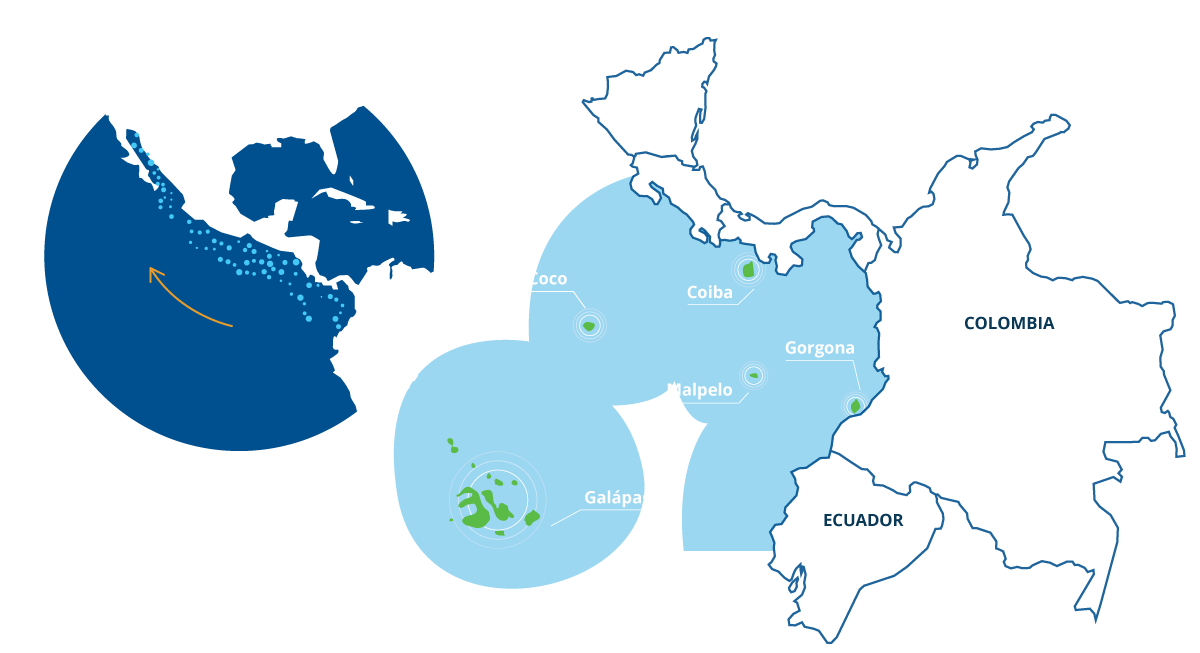
The region shelters
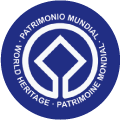
5 breathtaking islands (four of which are World Heritage Sites)

More than 80 marine-coastal protected areas

More than 90% of all coral reefs within the Eastern Pacific
It is an area of high convergence of ocean currents where many species disperse, giving rise to migrations, movements, and distribution of many endemic species of regional and global importance such as:
90% of bony fishes
33% of cartilaginous fishes
30% of mangrove species

17% of reef-building corals
However, its existence is being threatened by degradation of marine and coastal ecosystems. This affects not only the 6,000 plus species that live and migrate through them, but also the communities that depend on their resources.
Climate change
Habitat alteration

Coastal water contamination
Unsustainable resource extraction

Limited regional control and surveillance
